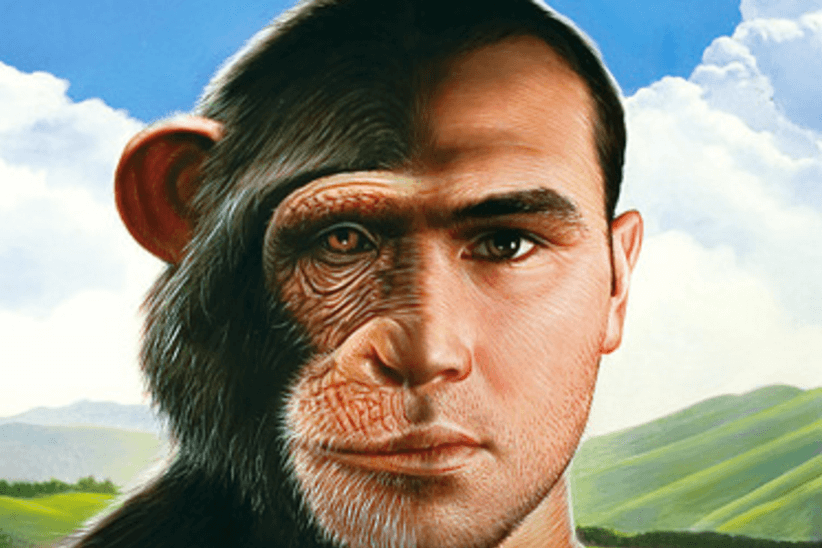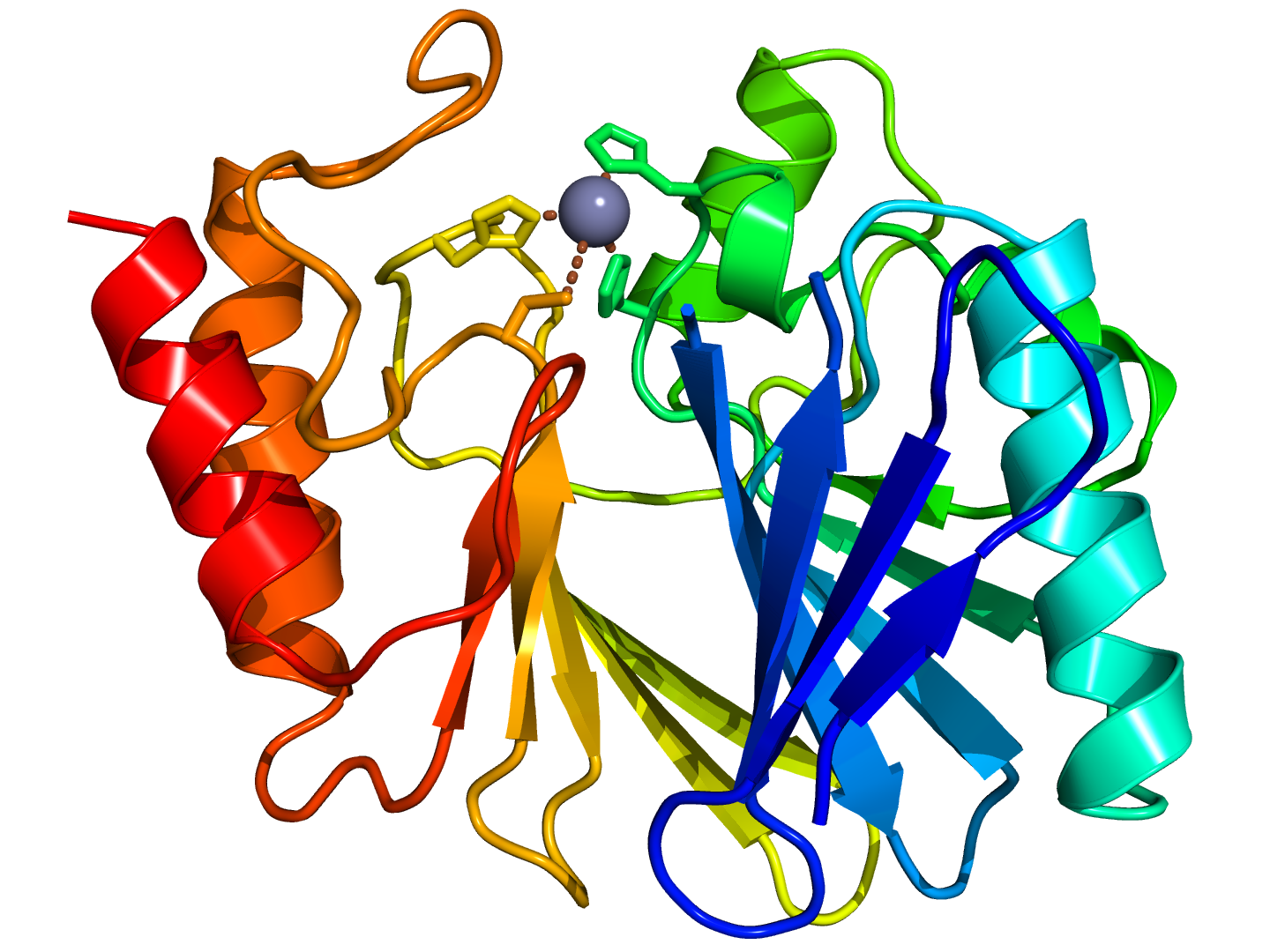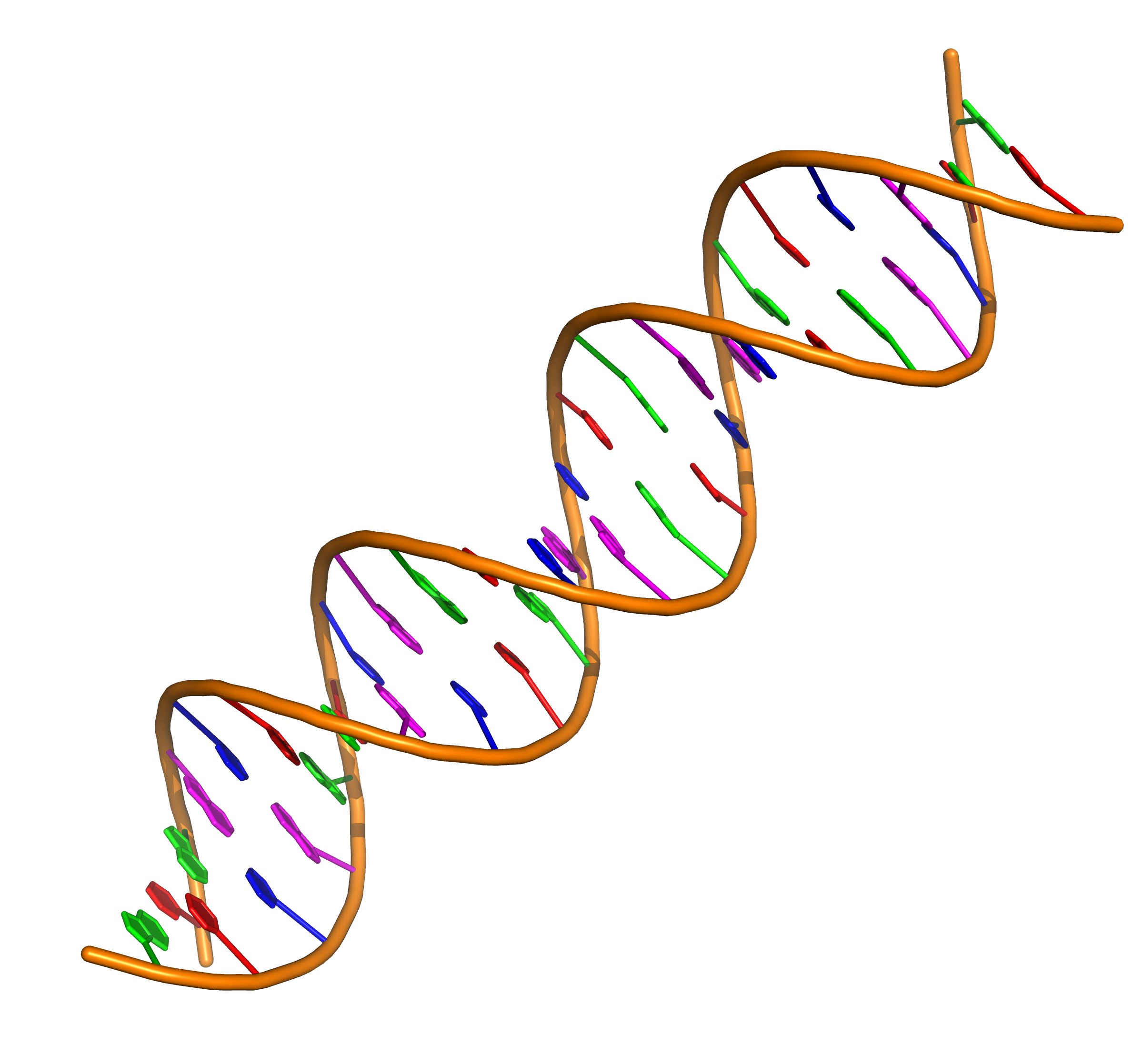 Evolutionary biologists have been communicating to the public for quite some time now that chimpanzees are humans’ closest evolutionary relative, with 99% of our DNA being the same.
Evolutionary biologists have been communicating to the public for quite some time now that chimpanzees are humans’ closest evolutionary relative, with 99% of our DNA being the same.
The claim is that in the distant past, we shared a common ancestor, but what does the data show? Unfortunately, geneticists have been unable to find viably sequenceable samples of DNA from a pre-human and/or pre-chimpanzee ancestor. The only comparisons can be made are from reading the data of sequenced chimpanzee and human genomes.
Before any genetic comparisons can be made, one must first understand what information is contained in a genome.
The first and most noticeable structures are chromosomes. These structures categorize and house the varying number of strands of DNA. In sexually reproductive organisms, the sex genes are housed in their own chromosome(s). The number of chromosomes an organism has is very important in determining what traits it will have.
A second notable aspect of an organism’s genome has to do with coding and non-coding sequences.
 Proteins and how they function are at the heart of the information contained in DNA. So, when a sequence is referred to as a coding sequence, geneticists are referring to its ability to create functional proteins. Non-coding sequences are highly functional in a regulatory capacity.
Proteins and how they function are at the heart of the information contained in DNA. So, when a sequence is referred to as a coding sequence, geneticists are referring to its ability to create functional proteins. Non-coding sequences are highly functional in a regulatory capacity.
A third highly discussed aspect of DNA has to do with the computer-like information stored in base pairs.

Is the data straightforward?
Humans’ possession of 46 chromosomes and chimpanzees’ possession of 48 may seem to be a trivial discrepancy, yet the detailed information in chromosomes is so drastic that many organisms with the same number of chromosomes are of extremely different species. For example…
BOTH SPECIES HAVE 78 CHROMOSOMES


The coyote and the chicken both possess 78 chromosomes, are relational comparisons being made because of this?
Extreme difference in species is reflected with organisms that share the same number of chromosomes with chimpanzees. Although no evolutionary biologist is claiming that deer mice and the tobacco plant are close relatives, they do share the same number of 48 chromosomes with the chimpanzee.
The information housed in the varying number of chromosomes an organism has is so diverse, should we not question relational ties between humans and chimpanzees with a two chromosome discrepancy?
What data revealed by the quantity of an organism’s chromosomes is evident evidence of humans’ common ancestry with chimpanzees?
As previously mentioned, the second aspect of DNA that must be expounded upon is within the strands of coding and non-coding sequences. This delineation is very much needed due to the importance of sequences that manufacture functional proteins and the sequences that regulate the manufacturing of said proteins.
This relationship is still much of a mystery, but could be analogically explained by similarities with an ink jet printer. The print-head produces the image, yet must be guided and controlled by the computer in order to produce the desired image.

Like a printer, coding sequences produce the proteins necessary for life to function, yet the non-coding sequences are like a computer that regulate the process of their manufacture. When drawing relational comparisons between organisms, does the number of coding and non-coding genes seem to be in favor of inferring relational ties? For example, below is a list of some organisms and their gene types.
| SPECIES | CODING | NON-CODING |
| Chicken | 15,508 | 1,558 |
| Chimpanzee | 18,759 | 8,681 |
| Cat | 19,493 | 1,855 |
| Dog | 19,856 | 3,774 |
| Cod | 20,095 | 1,541 |
| Human | 20,296 | 25,173 |
| Armadillo | 22,711 | 5,984 |
What data revealed by an organism’s number of coding and non-coding sequences is evident evidence for humans’ common ancestry with chimpanzees?
Thirdly. Each parent, in sexually reproducing organisms, passes along strands of information stored on the ever so famous double helix structure of DNA within its ladder-like rungs called polymers. New polymers are constructed by using half of each parent’s polymer, called a monomer. When two parental monomers are joined together, a new polymer or rung on the double helix ladder is created. This pairing is the basis of genetic code and these polymers are referred to as base pairs. Much like the binary language of computers that use the two variants of ones and zeros, genomes use five variants between two varying methods. DNA strands are sequenced using the letter representations GACT, while RNA strands are sequenced using the letter representations GACU. The studying of these sequences is where evolutionary biologists have pieced similarities together.
In the binary language of computers, green is represented by 1-1-0. If one were to convert a photograph of a human and a chimpanzee side by side in a jungle into the binary language of computers, one would instantly see similarities. The binary code 1-1-0 for the color green would be quite prevalent, yet so would the code for black, which is 0-0-0. The code for green could accurately be describing organisms that produce chlorophyll, but no species of plant could be determined. Unfortunately, all non-plant, green organisms like leaf bugs and iguanas would also fall into the same descriptor of binary code 1-1-0. Continuing to view our jungle photo in binary code, black would also be dominantly repetitive, but what would it’s code represent? Perhaps both chimpanzee and human pupils would be linked to having a strong correlation, but binary code 0-0-0 would also be representational of lifeless shadows. As in the analogy of a photo converted to binary language, finding similar genetic sequences in various genomes of varying organisms also demonstrates to be inconsequential.
 Sir Gavin de Beer was an evolutionary embryologist, Fellow of the British Royal Society, and served as Director of the British Museum of Natural History. He has done extensive research on the embryonic development between organisms that are visually and structurally homologous. His experiments were designed to trace the development of certain attributes from the moment of fertilization until full development. The results of his work revealed that fully formed corresponding homologies do not develop from the same embryonic location. Sir Gavin de Beer realized that similar attributes develop from a fertilized egg in different locations, depending on the species. This means that if homologous structures do not develop from the same embryonic location, then they are not genetically related because their development is not controlled by their homologous (similar) DNA. In short, embryonic homology promptly discounts any possible attempt of supporting evolution via genetic homology. Sir Gavin de Beer said it best when saying, “It is now clear that the pride with which it was assumed that the inheritance of homologous structures from a common ancestor explained homology was misplaced; for such inheritance cannot be ascribed to identity of genes.” source
Sir Gavin de Beer was an evolutionary embryologist, Fellow of the British Royal Society, and served as Director of the British Museum of Natural History. He has done extensive research on the embryonic development between organisms that are visually and structurally homologous. His experiments were designed to trace the development of certain attributes from the moment of fertilization until full development. The results of his work revealed that fully formed corresponding homologies do not develop from the same embryonic location. Sir Gavin de Beer realized that similar attributes develop from a fertilized egg in different locations, depending on the species. This means that if homologous structures do not develop from the same embryonic location, then they are not genetically related because their development is not controlled by their homologous (similar) DNA. In short, embryonic homology promptly discounts any possible attempt of supporting evolution via genetic homology. Sir Gavin de Beer said it best when saying, “It is now clear that the pride with which it was assumed that the inheritance of homologous structures from a common ancestor explained homology was misplaced; for such inheritance cannot be ascribed to identity of genes.” source
If the work of De Beer revealed that homologous structures among differing species do not develop from the same embryonic location, then no genetic relationships can be drawn between two species with homologous sequences because their development is not controlled by their homologous DNA. Due to this fact, what significance is there in finding similar genetic sequences in the genomes of Chimps and Humans?
Another interesting aspect of base pairs represented in human and chimpanzee genomes has to do with numbers. The claim is that a 99% relational tie can be made due to the study of the genetic material in our DNA, yet what percentage does just the base pair information give us?
 Chimpanzees have 2.9 billion base pairs in their genome and we humans have 3.2 billion. For the sake of this argument, let’s say that the first 2.9 billion base pairs in our genome are a perfect match to that of chimpanzees. Without a single variant on any given polymer, there would still be 300 million differences between the two genomes. Humans have an extra 300 million base pairs. So, what would be our percentage of being genetically related to chimpanzees based solely on the first 2.9 billion polymers being a perfect match? 2.9 billion divided by 3.2 billion is equal to 0.90625, meaning that in this fictitiously error free scenario of comparing base pairs, we are approximately 90.6% related to chimpanzees. Adding in the potential mismatches, the thousands of differences in coding and non-coding sequences, and the fact that humans and chimpanzees have a different number of chromosomes, how scientific is it to claim a relational tie between these two organisms at all?
Chimpanzees have 2.9 billion base pairs in their genome and we humans have 3.2 billion. For the sake of this argument, let’s say that the first 2.9 billion base pairs in our genome are a perfect match to that of chimpanzees. Without a single variant on any given polymer, there would still be 300 million differences between the two genomes. Humans have an extra 300 million base pairs. So, what would be our percentage of being genetically related to chimpanzees based solely on the first 2.9 billion polymers being a perfect match? 2.9 billion divided by 3.2 billion is equal to 0.90625, meaning that in this fictitiously error free scenario of comparing base pairs, we are approximately 90.6% related to chimpanzees. Adding in the potential mismatches, the thousands of differences in coding and non-coding sequences, and the fact that humans and chimpanzees have a different number of chromosomes, how scientific is it to claim a relational tie between these two organisms at all?
What genetic data supports relational ties between species? What genetic data supports the idea of descent with modification from a common ancestor? What data supports the idea that complex DNA evolved from less complex DNA? What aspect of the field of genetics is evident evidence for evolution?
Science is the only reason to subscribe to evolution, yet evolution cannot fulfill the criteria of science. No empirical data suggests that Humans and Chimpanzees are close relatives on a supposed evolutionary tree, because no data suggests an evolutionary tree to even exist.
THIS VIDEO HIGHLIGHTS THE PSEUDOSCIENCE OF EVOLUTION
